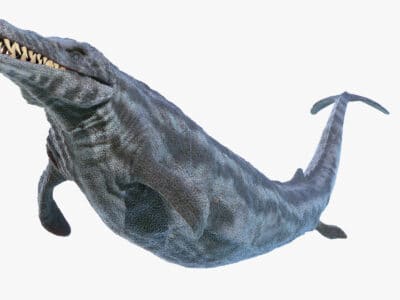Below you can find a complete list of Egyptian animals. We currently track 239 animals in Egypt and are adding more every day!
Egyptian Geography

The Nile River flows from south to north through Egypt.
©AlexAnton/Shutterstock.com
Egypt is located in the northeastern corner of Africa and is bordered by the Mediterranean Sea to its north, the Gaza Strip and Israel to its northeast, Sudan to its south, and Libya to its west. It has two major rivers – the Nile River, which flows from south to north through much of Egypt’s territory, and a smaller river called the Blue Nile that merges with it near Khartoum in Sudan. The country is mainly desert, but there are also some areas of fertile land along both rivers where agriculture can be done.
Much of Egypt’s geography consists of deserts, such as the Nubian Desert in southern Egypt and the Sinai Peninsula on the eastern edge bordering Israel. Further east lies Suez Canal, which connects the Mediterranean Sea with the Red Sea, providing an important waterway for international trade. Along this canal lies Lake Manzala, which provides irrigation water for nearby farms in addition to being a popular fishing spot for locals.
In the western part of Egypt lie mountain ranges, including Jebel Uweinat Mountain Range on the opposite side from the Libyan border extending towards the Sudanese border. Additionally, there are several oases around these mountain ranges, like Siwa Oasis, located between the Eastern Desert region and the Libyan border.
Egyptian Animals
Egypt is home to some of the most diverse and fascinating animals on the planet. From majestic big cats, such as the African lion, cheetah, and leopard, to graceful gazelles, curious hyenas, and even wild camels – you can find them all in Egypt’s deserts and savannas.
The Nile River also plays host to a variety of animal life, including hippos, crocodiles, and numerous species of fish. In addition to these larger land-dwelling creatures, there are hundreds of species of birds that call Egypt their home, as well as smaller mammals like bats, foxes, and jackals. The Egyptian tortoise has been around since ancient times. It is believed to have been an important figure in many early cultures due to its abundance in ancient tombs.
With so much wildlife inhabiting this incredible country, it’s no wonder why Egyptians have traditionally held such high regard for nature!
Types of animals commonly found in Egypt today include:
- Ruppell’s Fox
- Lesser Egyptian Jerboa
- Spotted Sandgrouse)
- Nile Crocodile
- Cobra
- Egyptian tortoise
- Eagles
- Owls
- Falcons
- Lionfish
- Tilapia, Carp
- Lions
- Cheetah
- Leopard
- Jackal
- Crocodile
- Hippo
- Gazelle
- Bats
- Foxes
Native Birds
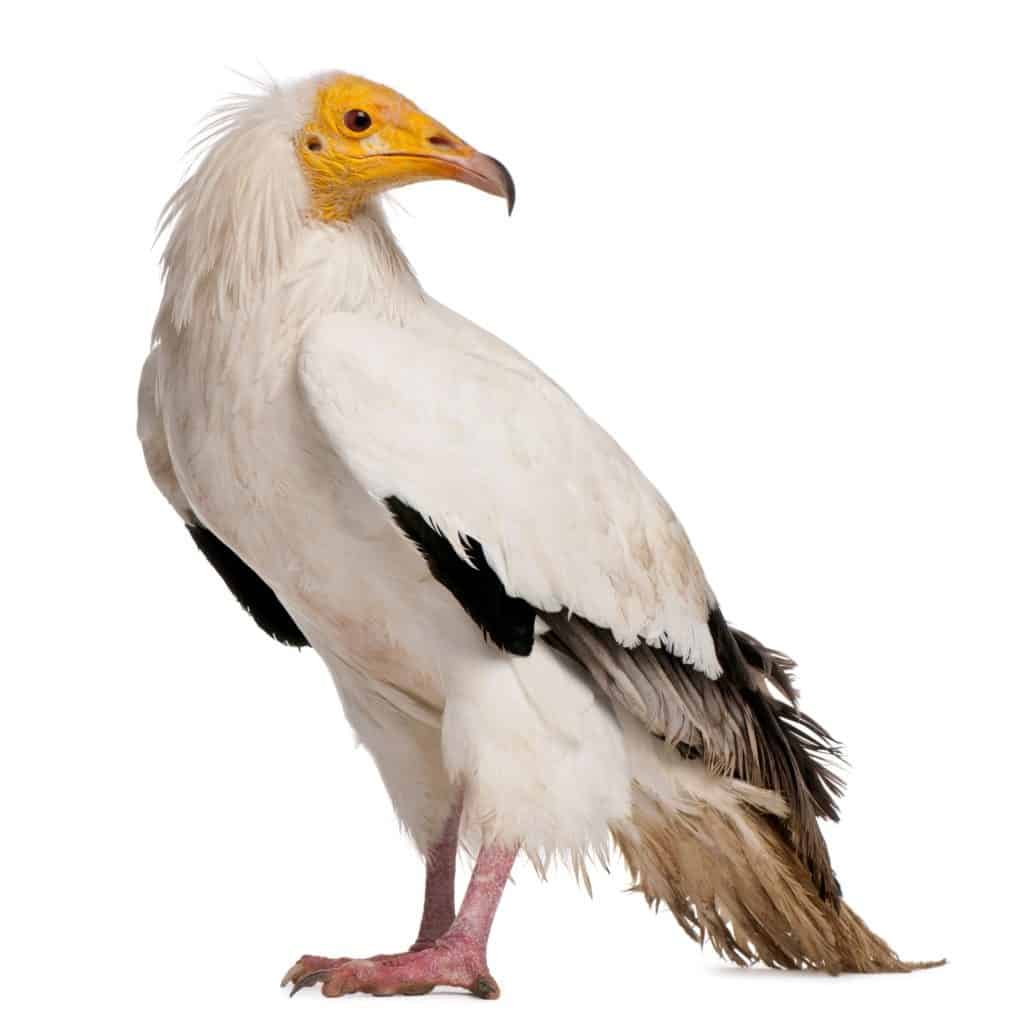
Egyptian vultures are native to Egypt and can be seen flying over the Nile River Valley.
©Eric Isselee/Shutterstock.com
Throughout Egyptian history, and especially in ancient religion, birds have played an important role. Birds were involved in creation myths, and many important gods, such as Horus, were thought to appear as different birds, often depicted with hawk or falcon heads.
Egypt is home to a wide variety of birds, including many species of raptors and waterfowl. Some native birds include the Egyptian vulture, Eurasian hobby, black kite, lesser spotted eagle, white-tailed plover, spur-winged lapwing, and red-throated pipit. These spectacular birds can be found soaring through Egypt’s diverse landscapes, from deserts to wetlands. The Nile Valley provides an ideal habitat for numerous wading bird species, such as storks, herons, and pelicans. In addition to these permanent residents, there are migrating species that travel between Europe and Africa during their annual journeys each year. These travelers include cranes, swallows, warblers, and finches, among many others.
About 150 species permanently make their homes in Egypt, mainly waterfowl and songbirds found along the Nile. However, about 280 various avian species migrate through Egypt, as it bridges together Europe, Asia, and Africa, resulting in millions of birds passing through annually. Some of the best birdwatching in Egypt can be done in the following locations:
- Lake Bardawil: Water bird migratory route; Species seen here include herons, ducks, Dunlins, Little Stints, and Avocets.
- Cairo: In the capital, birds such as Cattle Egrets, Senegal Thick-knees, Painted Snipes, and White-breasted Kingfishers.
- Suez: Located at the end of the Sues Canal, Suez is a critical area for a bird of prey migration. Mudflats also draw in shorebirds, such as gulls and terns.
- Faiyum Oasis: Once a hunting ground for birds, this oasis is now known for spotting Grebes, ducks, shorebirds, and coots on Lake Qarun.
Traveling throughout Egypt, there are many stops along the way for bird watching, whether it be for seabirds, songbirds, or migratory flocks.
Native Fish
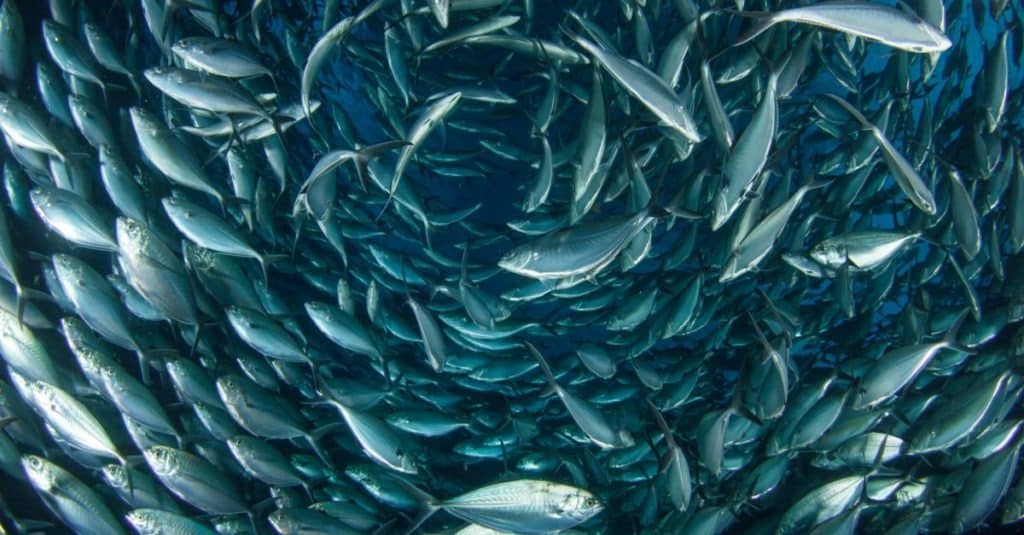
Schools of Albacore Tuna fish swim in the Red sea in Egypt.
©Rich Carey/Shutterstock.com
Egypt is not only lined with coasts along the Mediterranean and Red Seas, but it also holds one of the largest rivers in the world, the Nile River. These bodies of water are all rich in underwater life, attracting many anglers to the area.
If you travel to Egypt, you will be able to see a wide variety of fish in the waters that surround the country. The Red Sea is home to spectacular coral reefs and brightly colored tropical fish such as clownfish, parrotfish, angelfish, and butterfly fish. In addition to these colorful species, there are also many types of bottom-dwelling reef species, such as groupers, snappers, and grunts. In the Mediterranean Sea, which borders northern Egypt, there are large schools of mackerels and tuna alongside several varieties of wrasse and bream. Along the Nile River itself, visitors can spot carp, catfish, and tilapia, among others.
In the Red Sea, Albacore Tuna, Goatfish, Sailfish, Grouper, Wahoo, and Barracuda lure anglers from all over the world to fish for these large marine trophy species. However, fishermen must be cautious when around these waters as dangerous species swim roam the waters. Some such animals include:
Freshwater fishing is also a popular sport in the Nile River and surrounding lakes in Egypt. Species such as Nile perch, catfish, African tilapia, and tigerfish can also be reeled in. Nile crocodiles can often be seen in these areas, so keep an eye out.
Native Snakes
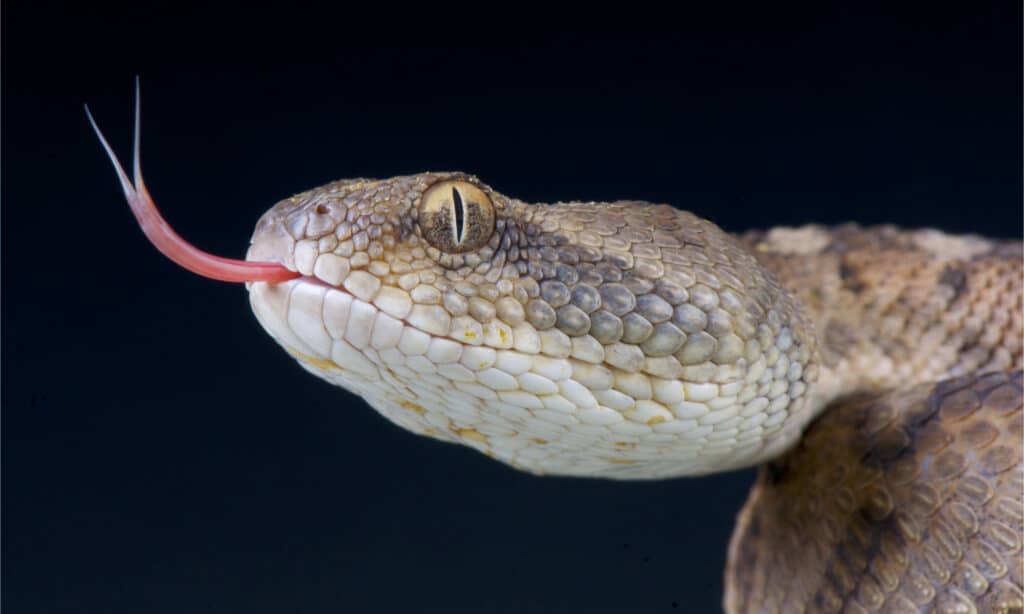
Saw-scaled vipers live in Northern Africa and Egypt.
©reptiles4all/Shutterstock.com
Snakes have a complex relationship with Egyptians. On the one hand, they are seen as demons of the Underworld, representing chaos and darkness. On the other hand, snakes also symbolize protection and guardianship for Pharaohs or Kings – an interesting juxtaposition of symbolism.
Several venomous snake species in Egypt can be found throughout various habitats in the country. The most common species include Egyptian Cobra, Saw-scaled Viper, Horned Viper, Red Sea Cobra, and Desert Horned Viper. Each of these snakes inhabits different regions within Egypt. For example, the Saw-scaled Viper is predominantly located in Northern Africa, while the Red Sea Cobra can be found around coastal areas near Hurghada. Understanding which type of snake resides where is important to help prevent any potential bites or attacks by staying away from them when possible.
- Saharan Horned Viper – survives in extreme, rocky, arid habitats, including deserts.
- Field’s Horned Viper – distinct neurotoxic effects from venom and no antivenin exists; endemic to Middle Eastern deserts.
- Red Spitting Cobra – distinguished by the black band around the throat; prefers semi-desert and dry savannah; often exhibits cannibalistic behavior; spits venom at predators, causing cytotoxic and neurotoxic effects and massive pain.
- Egyptian Cobra – plays a large role in Egyptian mythology and was thought to be how Cleopatra met her end; highly adaptable and able to co-exist with humans; cytotoxic and neurotoxic venom leads to complete respiratory failure.
However, there are plenty of non-venomous and even beneficial snake species found in Egypt. The Sand boa helps control the rat population in the country, preying on rodents and other small mammals that may spread disease to humans. The African egg-eating snake, while not very beneficial, does not pose a threat to humans.
Endangered Animals in Egypt

The Asiatic cheetah is a critically endangered species. Historically, these cheetahs were used by royal families to hunt gazelles and antelope.
©Katoosha/Shutterstock.com
According to Egypt Today, 70 species in the country are currently endangered to some degree. The Sinai baton blue butterfly is one of them. Listed as Critically Endangered by the IUCN, it is one of the world’s smallest butterflies and needs Sinai thyme to survive. Additionally, Sinai batons are notoriously bad flyers and, therefore, can’t relocate, making it especially vulnerable.
Rhim gazelles are another endangered species in Egypt. Also known as horned gazelles, African sand gazelles, and Loder’s gazelles, the species has adapted to desert life over centuries. However, fewer than 2,500 remain in the wild, as they are falling prey to poachers and habitat loss.
Other Egyptian endangered animals include the Dorcas gazelle, barbary sheep, and the African wild ass.
Egypt is home to some of the world’s most iconic species, yet many of these animals are now threatened with extinction. Below is a list of some of the endangered and critically endangered animals in Egypt:
- African Wild Dog – Critically Endangered
- Asiatic Cheetah – Critically Endangered
- Nubian Ibex – Endangered
- Arabian Oryx – Extinct in the Wild
- Mediterranea Monk Seal – Critically Endangered
The 5 Most Dangerous Animals in Egypt
Egypt has its fair share of dangerous animals. Some are gigantic, and others can land on your neck without detection; some live on land, and others reside underwater. Whichever the case, when in Egypt, be on alert for dangerous animals.
1. Nile Crocodile
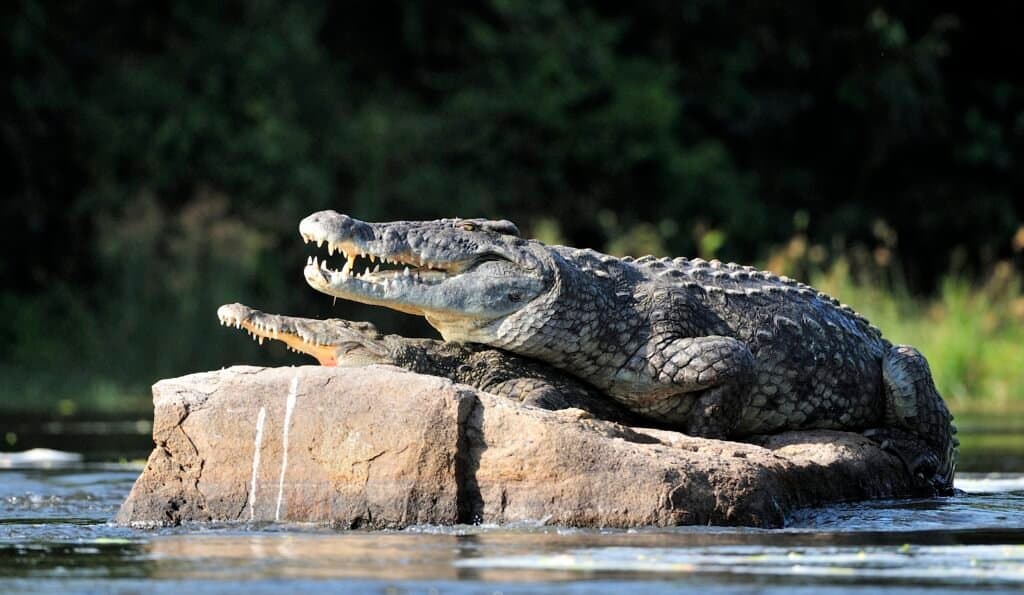
The Nile crocodile (Crocodylus niloticus) is native to Egypt.
©iStock.com/USO
Nile crocodiles can grow five meters long and weigh up to 700 kilograms. The behemoth reptiles can be found in southeast Egypt, native to the country. Crocodile attacks on humans s are infrequent. Out of the attacks that have occurred, only 50 percent prove fatal.
2. Egyptian Cobra
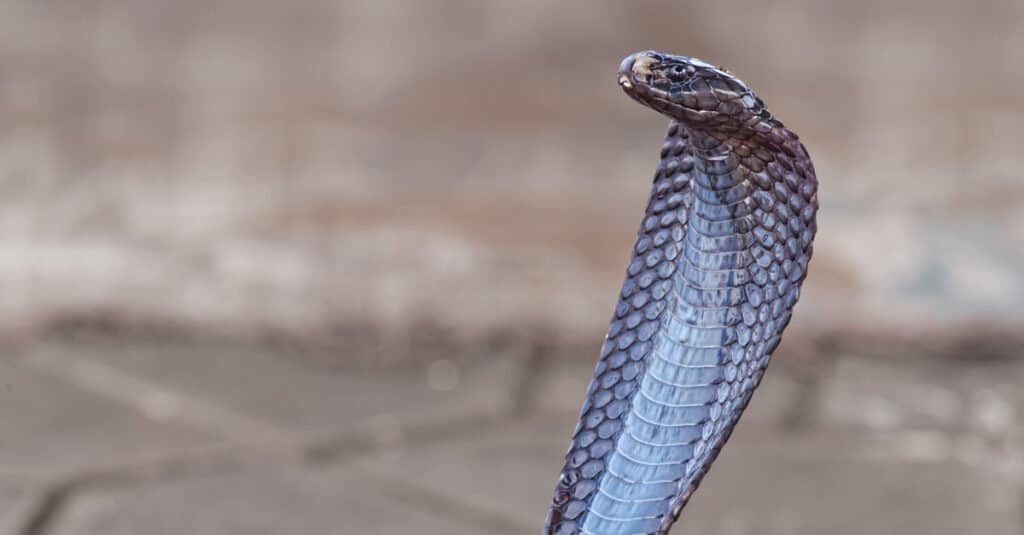
The Egyptian cobra is either brown, black or banded with both colors.
©OPIS Zagreb/Shutterstock.com
They love to hang around in wet, grassy fields, which is why most Egyptian cobra bites occur in rural areas. Loaded with both cytotoxin and neurotoxin, the snake’s venom is highly lethal and can result in heart failure.
3. Hippopotamus
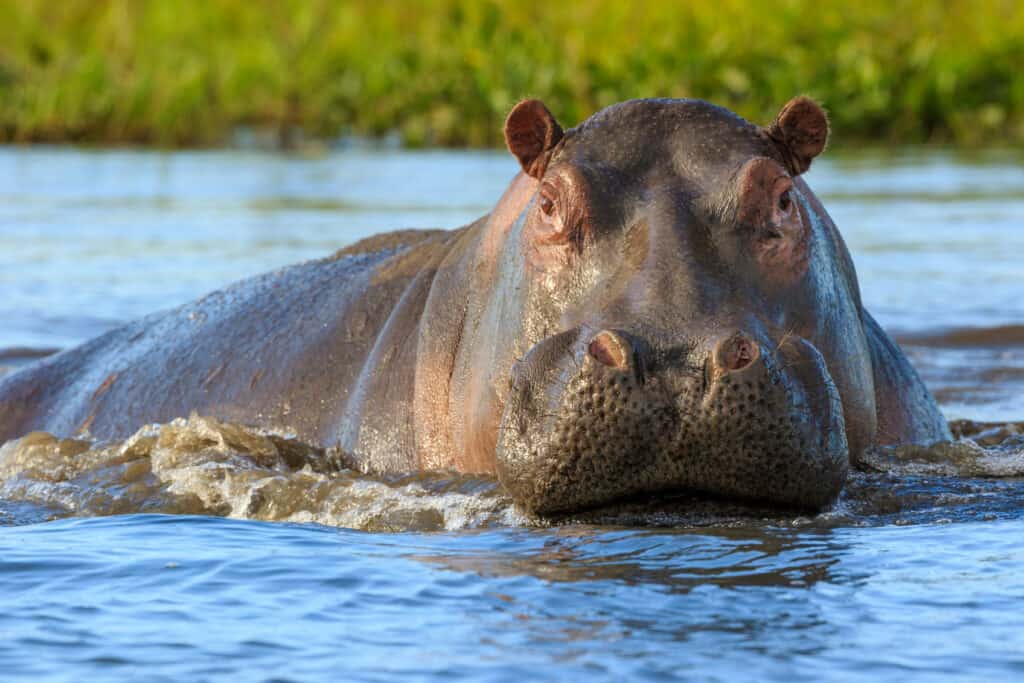
Hippos, one of the most dangerous animals in Egypt, are highly aggressive and often charge other animals or even humans.
©Radek Borovka/Shutterstock.com
Hippos have a gentle reputation, but the lumbering, semiaquatic ungulates can be quite dangerous! While they won’t look to you as a meal — since hippos are herbivores — they weigh several tons and can easily crush humans. And yes, hippos have been known to charge when they feel threatened.
4. Mosquito
Sometimes, the most dangerous things come in small packages. Such is the story of the mosquito. The lethal flyer is considered one of the most deadly since they carry fatal diseases and strike without warning.
5. Lionfish
Lionfish are undeniably cool looking — with their artistic mohawk fins and fringe. They’re also exceptionally dangerous! The colorful swimmers carry poisonous loads similar to snake venom. Instead of biting their targets, they inject spiny tentacles to deliver the toxin. Fortunately, lionfish aren’t typically aggressive with humans, but attacks are not out of the question.
3 Rarest Animals of Egypt
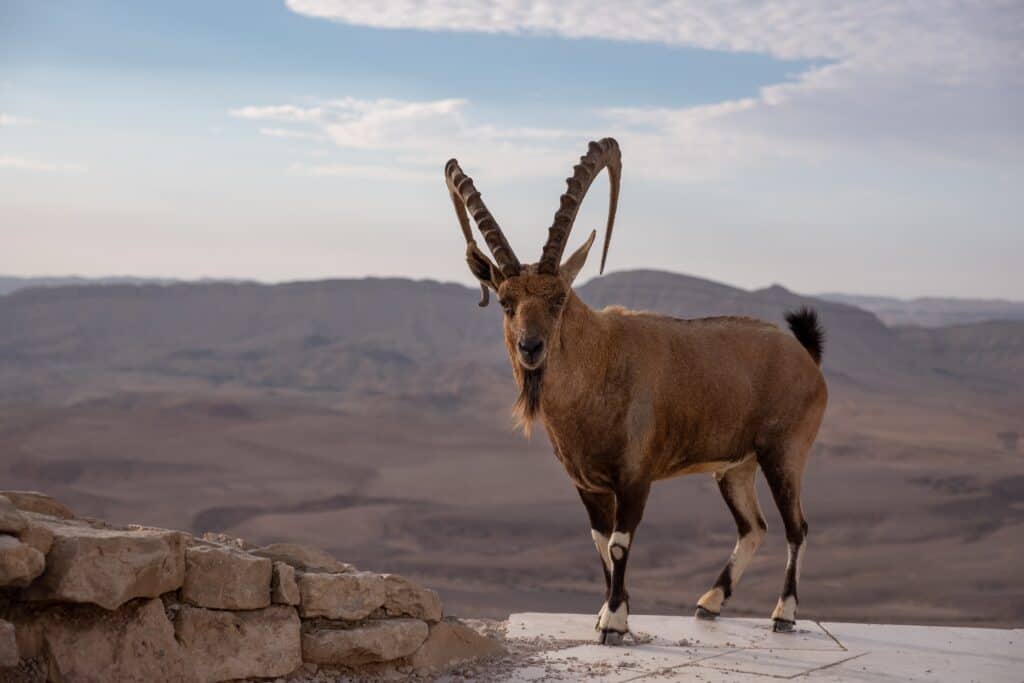
Nubian Ibex is one of the three rarest animals to see in Egypt.
©A.Pushkin/Shutterstock.com
Egypt is home to a variety of different animal species, both rare and common. Some of the most elusive and endangered fauna which can be found in Egypt include the Nubian Ibex, the Egyptian Mongoose, and the Asiatic Cheetah.
The Nubian Ibex is a mountain-dwelling antelope that lives in rocky terrain along parts of the Sinai Peninsula. It has been classified as an endangered species since 1996 due to hunting pressure and habitat loss.
The Egyptian Mongoose is a small carnivore that inhabits areas near rivers within Egypt’s borders. It is currently listed as vulnerable by the IUCN Red List because its population numbers are decreasing rapidly due to illegal hunting activities and overexploitation of resources from its habitats.
Finally, there have been numerous sightings of Asiatic cheetahs throughout Egypt. However, it remains one of the rarest animals in this region, with very few remaining individuals left in its natural habitat due to human disturbances such as poaching for their fur or body parts used for traditional medicine practices.
3 Largest Animals in Egypt
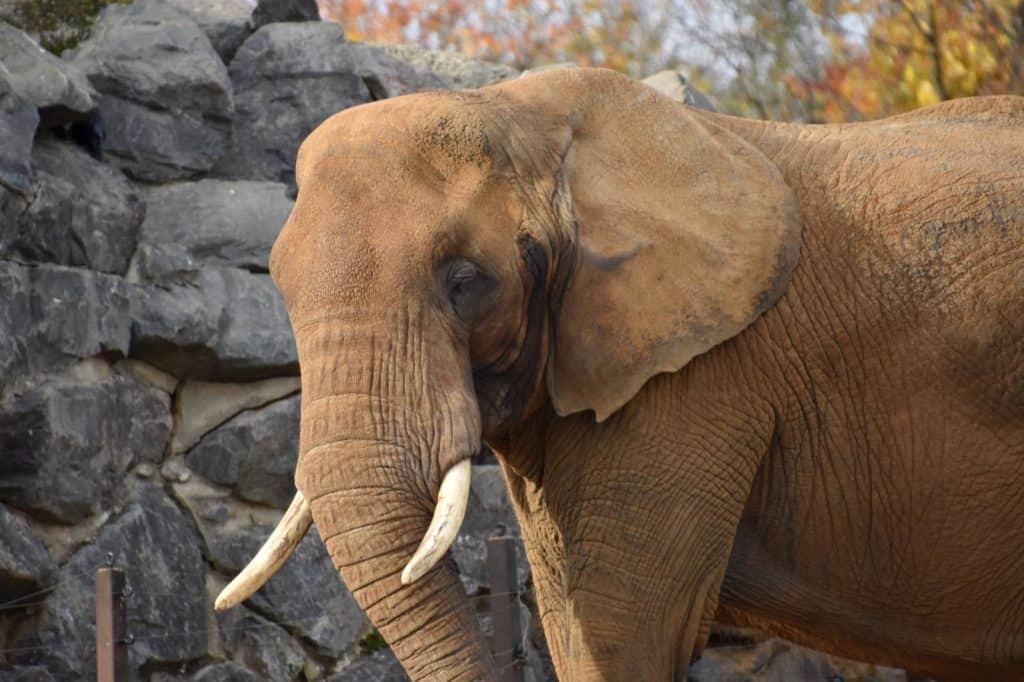
African Bush Elephants can weigh up to 6 tons, or 13,000 pounds, making it the largest land animal in Egypt.
©Millie Bond – Copyright A-Z Animals
The three largest animals in Egypt are the Nile Crocodile, the African Bush Elephant, and the Ostrich.
The Nile Crocodile is a large freshwater species of crocodile found throughout much of Africa, including Egypt. It can reach lengths up to 20 feet and weigh over 2,000 pounds!
The African Bush Elephant is one of two species of elephant in Africa, and it is also native to Egypt. They are the largest land animals on Earth, with males reaching heights up to 10 ft tall at the shoulder and weighing as much as 13,000 lb (6 tons)
Finally, there’s the Ostrich which is a flightless bird that inhabits desert areas throughout North Africa and parts of the Middle East – including Egypt – where they live in small groups or pairs. Ostriches have been known to grow up to 9 feet tall, with weights exceeding 330 lbs. That is one big bird!
National Egyptian Animal
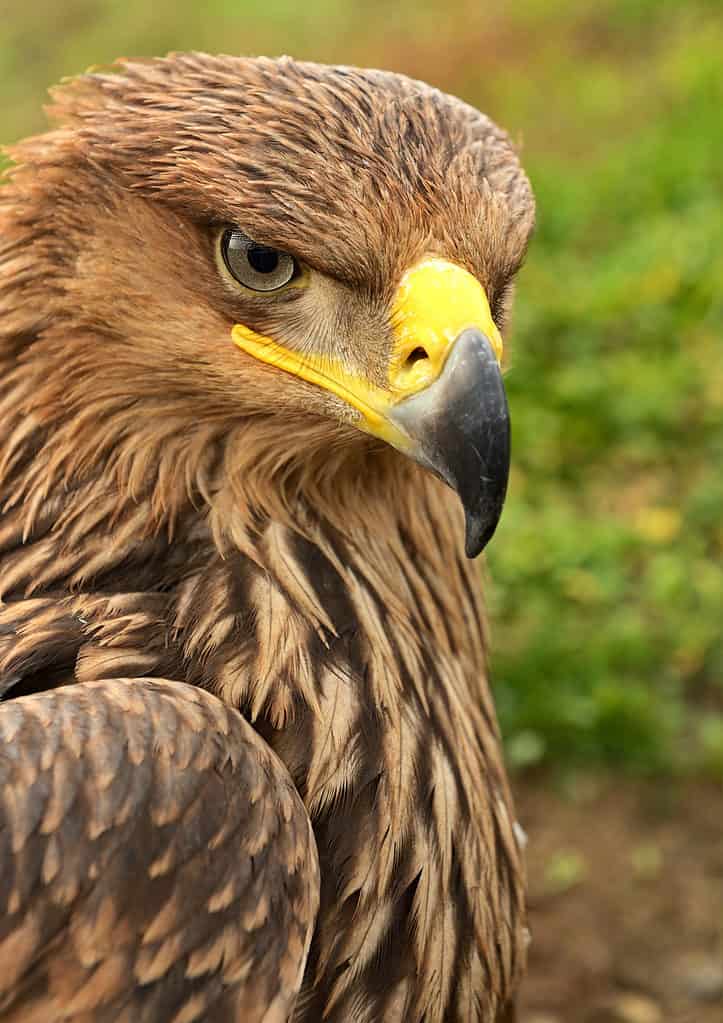
The Steppe Eagle is the national bird of Egypt.
©iStock.com/Kyslynskyy
The steppe eagle is a powerful symbol for the people of Egypt, representing strength and courage. It has been featured in the country’s culture for centuries, from ancient hieroglyphs to modern-day currency. The bird is an important part of Egyptian mythology and was often associated with Ra, the sun god.
The steppe eagle primarily lives in dry savannas or grasslands, where it can hunt small mammals such as hares and gazelles. They are also known to eat carrion when available. During the breeding season, they make their home in large trees near water sources like rivers or lakes. While they don’t typically migrate long distances, they will move around if food becomes scarce in one area.
Despite its status as the national animal of Egypt, the steppe eagle population faces many threats today due to habitat destruction and illegal hunting practices. To help preserve this species, conservationists have recommended more stringent laws on poaching as well as creating more protected areas for them to live safely without fear of human disturbance or exploitation.
Zoos in Egypt

Giza Zoo in Egypt holds several big cats on display.
©iStock.com/Hlnlvns
Egypt holds several zoos and aquariums. Established in 1891, the Giza Zoo was built by Khedive Ismail, with about 180 birds and 78 other animals coming from his own private collection. Intended to be a botanical garden, the zoo quickly became home to many different species, such as rhinos, giraffes, elephants, raccoons, gazelles, etc.
In addition to the Giza Zoo, Egypt is home to several other zoos and aquariums. The Cairo Zoo, which opened in 1891, houses a variety of animals, from birds to reptiles. It is one of the oldest zoos and contains over 1,000 species of plants and animals, including elephants, lions, tigers, rhinos, and gazelles.
Other popular Egyptian attractions feature exotic aquatic life, such as sharks at the Aquarium Grotto Garden in Sharm El Sheikh or dolphins at Dolphin World in Hurghada. With its rich history as well as a wide range of wildlife species living both on land and underwater, Egypt offers some truly unique experiences for visitors looking to explore its natural beauty up close.
Some other popular tourist destinations for flora and fauna viewing include:
- Hurghada Grand Aquarium
- Aquarium Museum
- Gabalaya Park & Aquarium
National Flower of Egypt

Nymphaea lotus, the white Egyptian lotus, is the National Flower of Egypt. It is a symbol of rebirth and new life.
©guentermanaus/Shutterstock.com
The Egyptian lotus is a meaningful symbol for the country of Egypt and has been important in its history and mythology. The flower itself is quite beautiful, having a bright white petal with vibrant yellow stamens at its center. It blooms from late spring to early summer each year, providing a brilliant splash of color against the backdrop of the Nile.
Nymphaea lotus was sacred to many ancient gods, such as Isis, Hathor, and Osiris, who are all associated with rebirth or regeneration. Ancient Egyptians believed that when souls departed this world, they would be reborn in the form of these flowers on the banks of the river Nile. This also led them to associate it with fertility since it could sprout up unexpectedly wherever water touched land creating new life and abundance where there had been none before.
To this day, many Egyptians still regard this plant highly in their culture as an essential part of their heritage which serves as a reminder that even in times of death, there can be hope for new beginnings – much like how these blossoms rise from murky waters every year signifying eternity and creation anew.
Egyptian Animals

Abyssinian
One of the oldest cat breeds in the world!

Admiral Butterfly
Stunningly beautiful wings
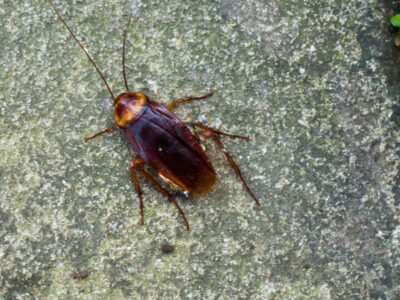
American Cockroach
Despite its name, actually originated from Africa and the Middle East

Ant
First evolved 100 million years ago!

Antelope
Renew their horns every year!
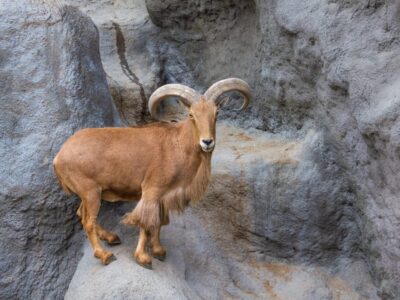
Aoudad Sheep
More aoudad sheep live in the United States than in their original North African habitat.

Armyworm
They are so named because they "march" in armies of worms from one crop to another in search of food
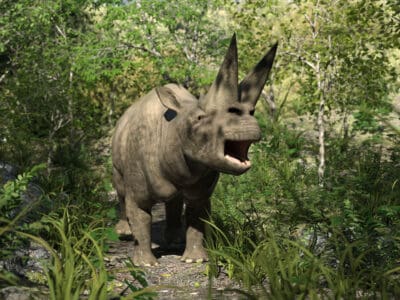
Arsinoitherium
Arsinoitherium was a twin-horned mammal that looked like a rhino but is more closely related to present-day elephants.

Banana Spider
People spin clothing and fishing nets out of these spiders’ silk.

Barb
There are over 1768 known species!

Barn Owl
Found everywhere around the world!

Barn Swallow
Older offspring help care for new hatchlings.

Bat
Detects prey using echolocation!

Bed Bugs
Bed bugs feed for 4-12 minutes.

Bee
Rock paintings of bees date back 15,000 years

Beetle
There are more than 350,000 different species

Beewolf wasp
They hunt bees

Bichir
The bichir species is more than 400 million years old

Bird
Not all birds are able to fly!

Biscuit Beetle
The biscuit beetle form a symbiotic relationship with yeast

Black Widow Spider
They typically prey on insects!
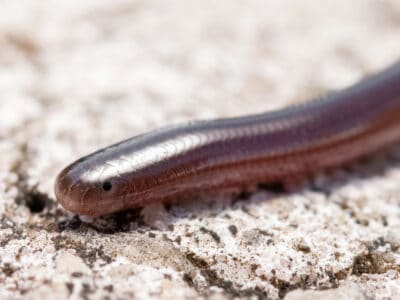
Brahminy Blindsnake
These snakes have been introduced to all continents, except Antarctica!

Brazilian Treehopper
“Mild-Mannered Minimonsters”
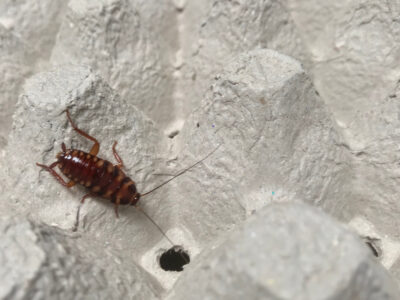
Brown-banded Cockroach
Females glue egg cases to furniture

Brown Dog Tick
Can live its entire life indoors

Bumblebee
The most common species of bee!

Butterfly
There are thought to be up 17,500 species!

Caecilian
Some species' babies use their hooked or scraper-like teeth to peel off and eat their mother's skin
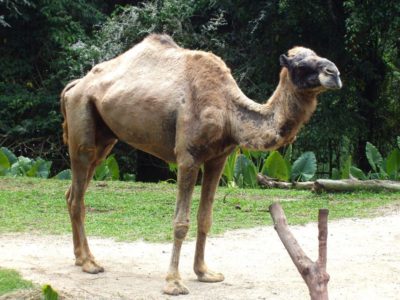
Camel
Can survive without water for 10 months!

Caracal
Has 20 different muscles in it's ears!

Carpenter Ant
Carpenter ants can lift up to seven times their own weight with their teeth!
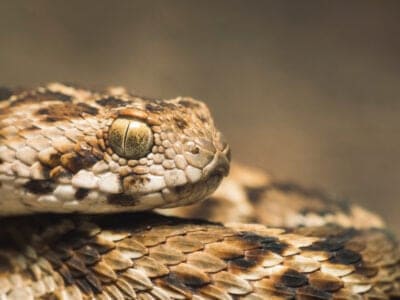
Carpet Viper
The Carpet Viper probably bites and kills more people than any other species of snake.

Cat
May have been domesticated up to 10,000 years ago.

Caterpillar
The larvae of a moth or butterfly!

Catfish
There are nearly 3,000 different species!

Centipede
There are about 3,000 documented species!
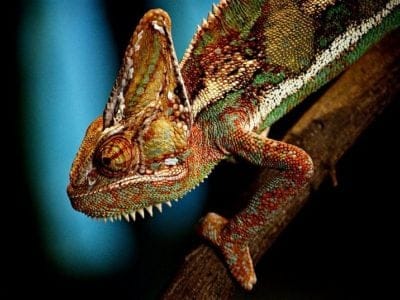
Chameleon
There are more than 160 different species!
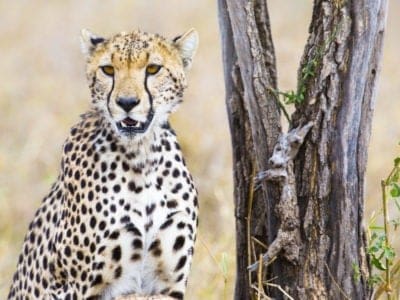
Cheetah
The fastest land mammal in the world!

Chicken
First domesticated more than 10,000 years ago!
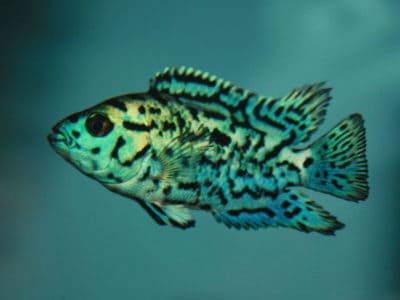
Cichlid
There are more than 2 000 known species!

Cockroach
Dated to be around 300 million years old!

Codling Moth
Pupae are able to undergo diapause to survive poor fruit yield years and winter.

Common Buzzard
The most common raptor in the UK!

Common Furniture Beetle
The common furniture beetle feeds exclusively on wood

Common House Spider
House spiders have the ability to eat most insects in a home.

Cormorant
They can fly 35 mph and dive 150 feet below water.

Cow
There are nearly 1.5 billion worldwide!

Crab
There are 93 different crab groups

Crab Spider
Crab Spiders can mimic ants or bird droppings

Crane
Many are critically endangered species!

Cricket
Male crickets can produce sounds by rubbing their wings together

Crocodile
Have changed little in 200 million years!

Crocodylomorph
Crocodylomorphs include extinct ancient species as well as 26 living species today.

Crow
A group of these birds is called a Murder.
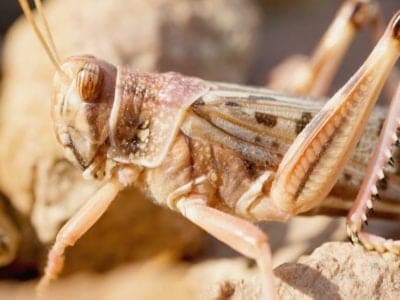
Desert Locust
Solitary locusts are grey while gregarious locusts are yellow with stripes.
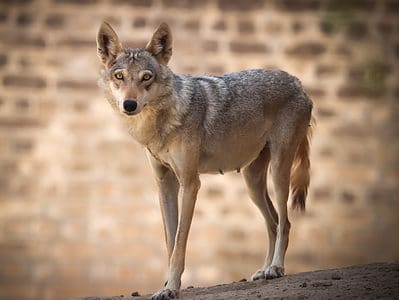
Desert Wolf
These tiny wolves prefer to cohabitate in pairs or groups of three (generally two males and a female).
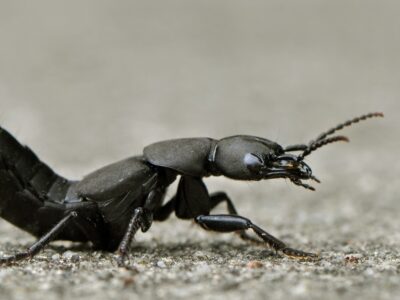
Devil’s Coach Horse Beetle
The Devil’s coach horse beetle can emit a noxious substance to deter predators

Dog
First domesticated in South-East Asia!

Dog Tick
Dog ticks feed on dogs and other mammals

Donkey
First domesticated 5,000 years ago!

Dragonfly
It's larvae are carnivorous!

Duck
Rows of tiny plates line their teeth!

Dung Beetle
The dung beetle can push objects many times its own weight

Earthworm
They are hermaphrodites, which means they have male and female organs

Earwig
There are nearly 2,000 different species!

Eel
Eels can be a mere few inches long to 13 feet!
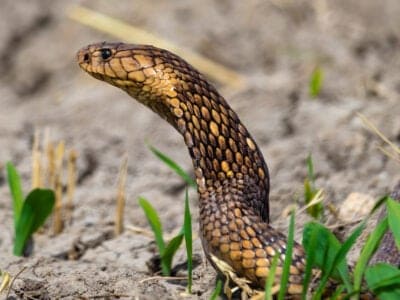
Egyptian Cobra (Egyptian Asp)
The Egyptian cobra is one of the largest cobras in Africa.
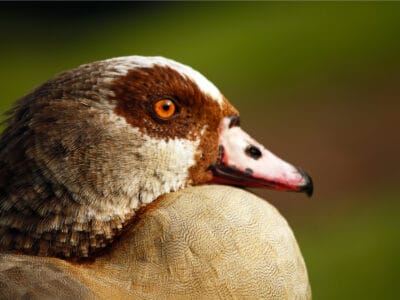
Egyptian Goose
A duck species that resembles a goose when flying

Egyptian Mau
An ancient breed of domestic cat!
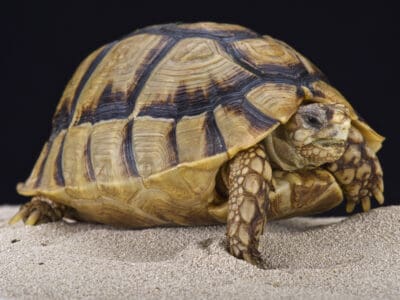
Egyptian Tortoise
The Egyptian tortoise is one of the smallest tortoise species in the world.
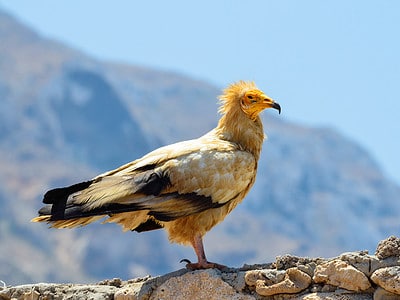
Egyptian Vulture
They steal large ostrich eggs and use rocks and pebbles to crack the shells.
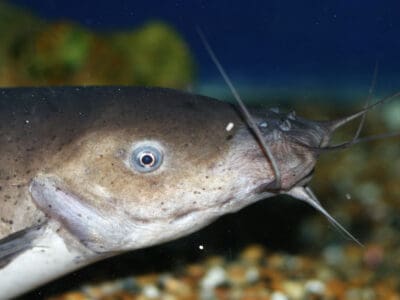
Electric Catfish
The electric catfish can discharge an electric shock up to 450 volts

Elephant
Spends around 22 hours a day eating!

Elephant Shrew
Found exclusively on the African continent!
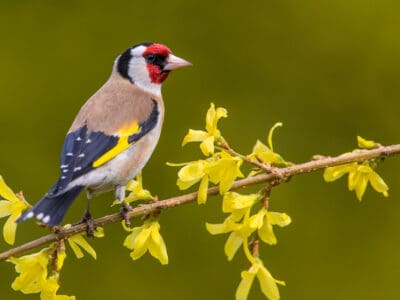
European Goldfinch
They are frequent visitors to backyard feeders, especially those containing niger seeds.
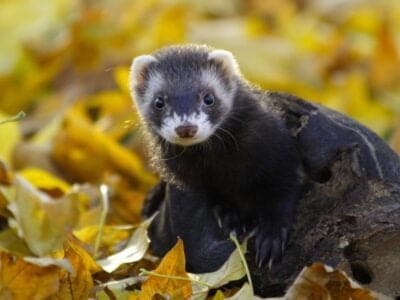
European Polecat
Its fur changes color in the winter!

European Robin
Male robins are so aggressive and territorial that they will attack their own reflections.

Falcon
The fastest creatures on the planet!

False Cobra
When it feels threatened, it mimics a cobra in an attempt to dissuade a potential attacker.

False Widow Spider
False spiders actually prey on black widow spiders and other hazardous spiders
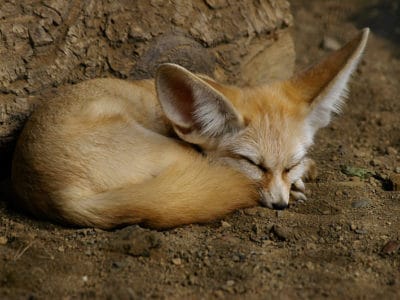
Fennec Fox
Found in the African Sahara Desert!

Firefly
The firefly produces some of the most efficient light in the world
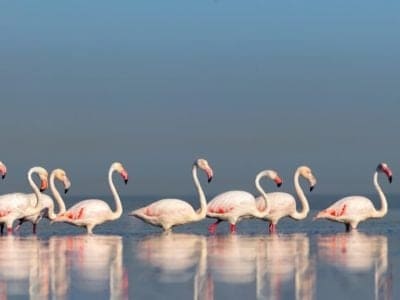
Flamingo
Sleeps on just one leg!

Flea
Adult fleas can jump up to 7 inches in the air

Fly
There are more than 240,000 different species!

Fox
Only 12 species are considered "true foxes"

Frog
There are around 7,000 different species!
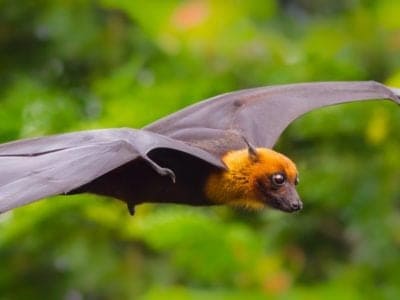
Fruit Bat
Among the largest bats in the world

Fruit Fly
Fruit flies are among the most common research animals in the world
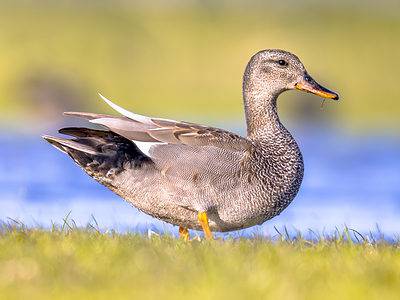
Gadwall
They make many sounds when trying to attract a mate.

Gazelle
Named for the Arabic word for love poems

Gecko
There are thought to be over 2,000 species!

Gerbil
Originally known as the Desert Rat!

German Cockroach
The most common type of urban roach

Giant Trevally
The largest fish in its genus

Glass Lizard
Can grow up to 4ft long!

Glowworm
Found inhabiting dense woodland and caves!

Gnat
Males form large mating swarms at dusk

Goat
Most closely related to the Sheep!

Golden Eagle
Their calls sound like high-pitched screams, but they are quiet most of the time.

Golden Oriole
Migrates between Europe and Asia!

Grasshopper
There are 11,000 known species!

Green Bee-Eater
Mainly eats honeybees!

Gypsy Moth
One of the most invasive species in the world

Hamster
Able to run as quickly backwards as forwards!

Hare
Can reach speeds of over 50 mph!

Hawk Moth Caterpillar
Many hawk moth caterpillars eat toxins from plants, but don’t sequester them the way milkweed butterflies do. Most toxins are excreted.

Hedgehog
Thought to be one of the oldest mammals on Earth!

Heron
Inhabits wetlands around the world!

Honey Bee
There are only 8 recognized species!

Hoopoe
Stunning bird with a stinky way to deter predators!
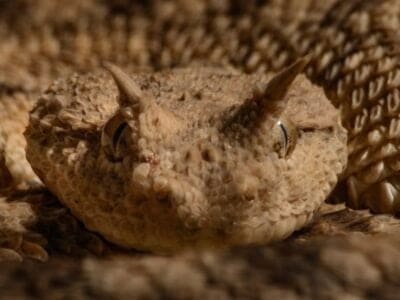
Horned Viper
Horned vipers sidewind across the desert sands of their home.

Horse
Has evolved over 50 million years!

Horsefly
Horseflies have been seen performing Immelmann turns, much like fighter jets.

Housefly
The fly has no teeth

Human
Thought to have orignated 200,000 years ago!

Huntsman Spider
Some huntsman spiders have an interesting way of moving around. Some cartwheel while others do handsprings or backflips.
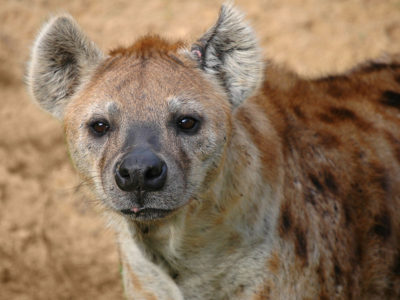
Hyena
There are four different species!
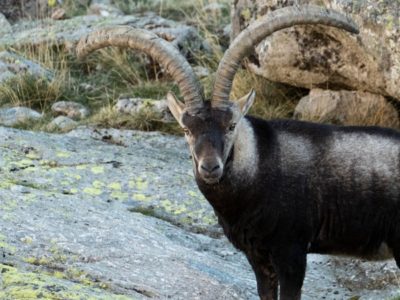
Ibex
Can jump over 6 feet straight up from a standstill

Ibis
Found in swamps, marshes and wetlands!

Insects
There are an estimated 30 million species!

Jacana
The jacana has the ability to swim underwater
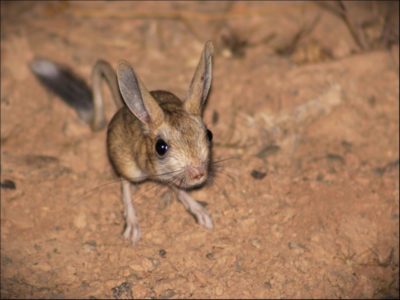
Jerboa
Tiny rodent with a kangaroo-like jump!

Jumping Spider
Some can jump 50 times the length of their bodies
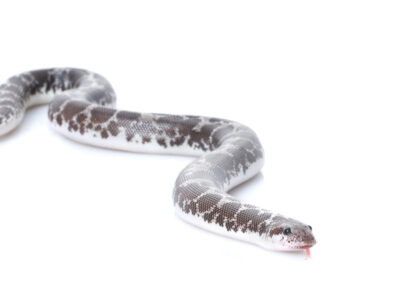
Kenyan Sand Boa
A popular pet snake that comes in dozens of morphs!

Kingfisher
Inhabits wetlands and woodlands worldwide!

Ladybug
There are more than 5,000 species worldwide!

Leech
Has 10 pairs of eyes!

Liger
The offspring of a lion and tiger parents!

Linnet
While linnets are monogamous during mating season, they do not mate for life. While breeding pairs are together, the males are highly territorial and will defend the nesting site and the surrounding area.

Lizard
There are around 5,000 different species!

Locust
Each locust can eat its weight in plants each day.

Maggot
Will only live in wet areas

Magpie
They are found across Europe, Asia and Africa!

Mayfly
There are 2,500 known species worldwide!

Mealybug
They have a symbiotic relationship with ants.

Millipede
Some species have a poisonous bite!

Mole
Primarily hunts and feeds on Earthworms!

Mole Cricket
Adult Mole crickets may fly as far as 5 miles during mating season and are active most of the year.
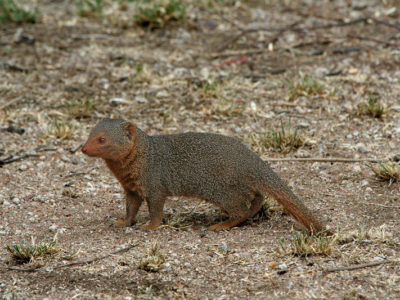
Mongoose
Range in size from just 1 to 3 foot!

Mongrel
Has characteristics of two or more breeds!

Monitor Lizard
Some species are thought to carry a weak venom!

Monkey
There are around 260 known species!

Moorhen
Feeds on aquatic insects and water-spiders!

Mosquito
Only the female mosquito actually sucks blood

Moth
There are 250,000 different species!

Mouse
Found on every continent on Earth!

Mule
The offspring of a horse and donkey parents!

Nematode
Nematodes range in size from 1/10 of an inch to 28 feet long

Nightingale
Named more than 1,000 years ago!
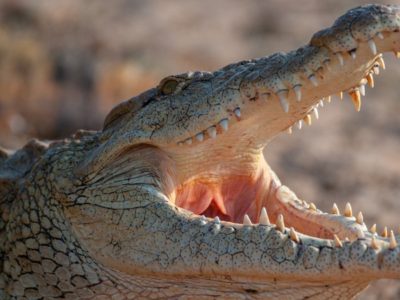
Nile Crocodile
Unlike other reptiles, the male Nile crocodile will stay with a female to guard their nest of eggs.
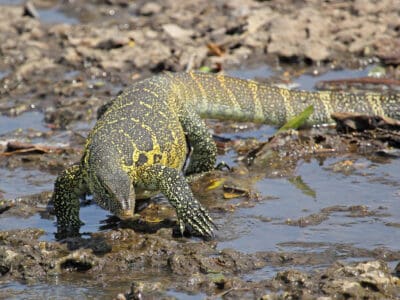
Nile Monitor
The Nile monitor is the world's fourth-largest lizard!
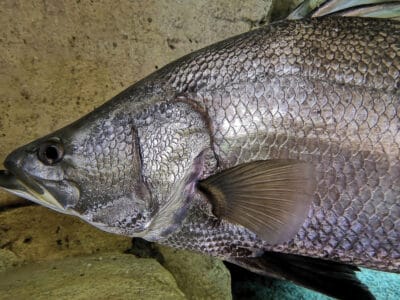
Nile Perch
Nile perch will sometimes eat those within its own species

No See Ums
There are more than 5,000 species.

Northern Pintail
Northern pintails migrate at night with speeds reaching 48 miles per hour!

Orb Weaver
Females are about four times the size of males

Ortolan Bunting
The tradition of hiding your face with a napkin or towel while eating this bird was begun by a priest who was a friend of the great French gastronome Jean Anthelme Brillat-Savarin.

Osprey
They reuse nesting sites for 70 years!

Otter
There are 13 different species worldwide

Owl
The owl can rotate its head some 270 degrees
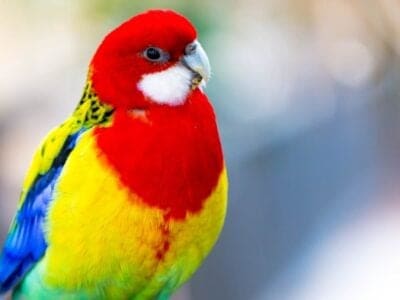
Parakeet
Monk parakeets are the only parakeets that actually build nests. They’re also the only parakeets to nest in great colonies.

Parrot
Can live for up to 100 years!

Peregrine Falcon
Fastest animal on Earth
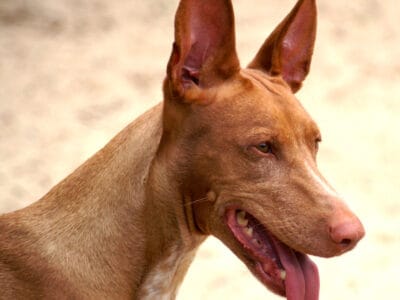
Pharaoh Hound
The blushing dog of Malta.

Pheasant
Females lay between 8 and 12 eggs per clutch!

Pigeon
They can find their way back to their nests from up to 1300 miles away.

Pompano Fish
They are bottom-feeders

Praying Mantis
The mantis can turn its head 180 degrees.
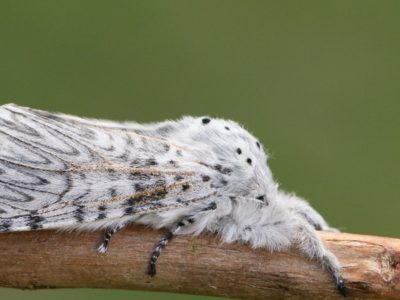
Puss Moth
Caterpillars squirt formic acid!

Quail
Inhabits woodland and forest areas worldwide!

Rabbit
There are more than 300 different species!

Rat
Omnivores that eat anything!
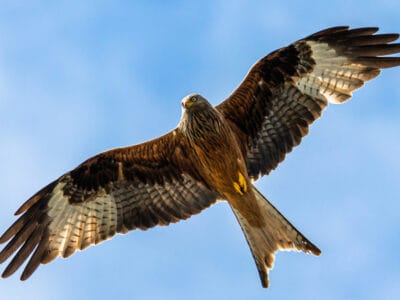
Red Kite
This bird moves its tail to steer its body like a rudder on a boat.

Red Spitting Cobra
Scientists believe that the red spitting cobra evolved from injecting venom to spitting it in response to the constant threat of early humans
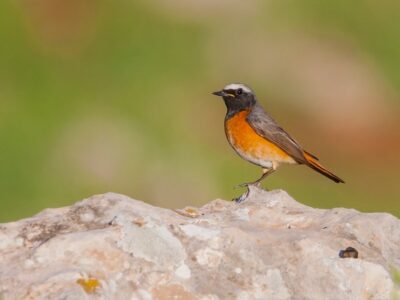
Redstart
They build their nests off the ground in tree holes, cavities, stone walls, and roofs

Rhinoceros
It's horns are made from keratin!

River Turtle
Inhabits freshwater habitats around the world!

Robin
There are more than 45 species in Australia alone!

Rock Hyrax
Actually related to Elephants and Manatees!

Rodents
The capybara, the world’s largest rodent, likes to be in and around bodies of water. Because of this, the Catholic Church in South America decided that it was a fish, and people were allowed to eat it during Lent and First Fridays.

Rooster
Will mate with the entire flock!

Sable Ferret
Ferrets were used during the Revolutionary War to keep down the rat population.

Sand Cat
They can survive for weeks without drinking water because the get moisture from their prey.

Sand Crab
The sand crab burrows beneath the sand with its tail
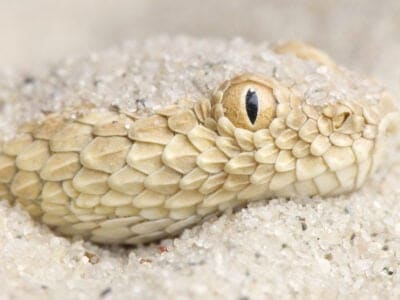
Sand Viper
Sand vipers are nuisance snakes in some areas.
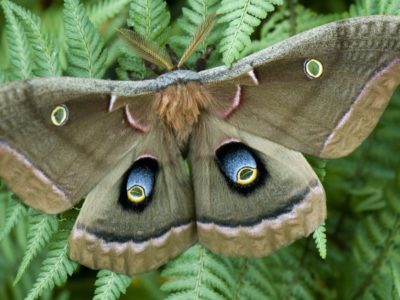
Saturniidae Moth
Some of the largest moths in the world

Scimitar-horned Oryx
Believed to be the inspiration for unicorn myths!

Scorpion
There are around 2,000 known species!

Sea Eagle
The sea eagle tends to mate for life with a single partner

Seahorse
Males give birth to up to 1,000 offspring!

Sheep
Around 35 million in the English countryside!

Short-Eared Owl
The short-eared owl is one of the most widespread owl species in the world, covering five continents.

Shrew
The spinal column of the shrew Scutisorex somereni is so strong and reinforced that it can support the weight of an adult human.

Shrimp
There are 2,000 different species worldwide!

Skink Lizard
Some skinks lay eggs in some habitats while giving birth to skinklets in other habitats.

Slug
They glide around on one foot, which is aided by the slime they produce

Smokybrown Cockroach
Has up to 45 eggs per egg case

Snail
There are nearly 1,000 different species!

Snake
There are around 4,000 known species worldwide
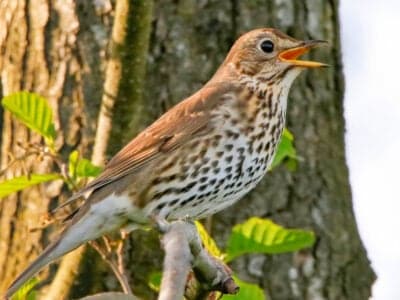
Song Thrush
A male song thrush can have over 100 phrases in his repertoire of songs and can imitate pet birds, telephones and other man-made objects.

Sparrow
There are 140 different species!

Spider Wasp
They prey on spiders to feed their larvae or they parasitize other spider wasps.
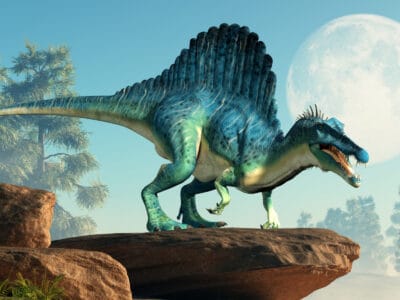
Spinosaurus
The Spinosaurus is the biggest carnivorous dinosaur ever discovered!
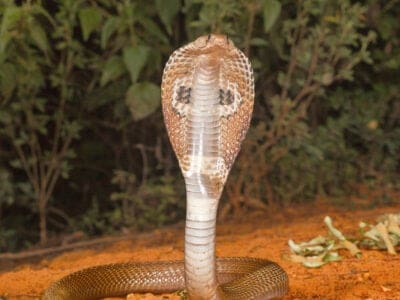
Spitting Cobra
Spitting cobras are types of cobras that can spit venom at predators and prey.

Squirrel
Small rodents found in woodlands worldwide!

Stick Insect
There are more than 3,000 different species!

Stork
They can’t sing like other birds.
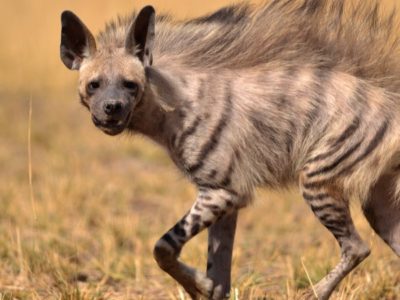
Striped Hyena
The striped hyenas usually mark their territories with the help of the scent gland secretions from their anal pouch.

Swan
Populations have been affected by pollution!

Tarantula Hawk
Tarantula hawks are excellent pollinators, especially for milkweed.

Termite
Their mounds can be up to 9 meters tall!
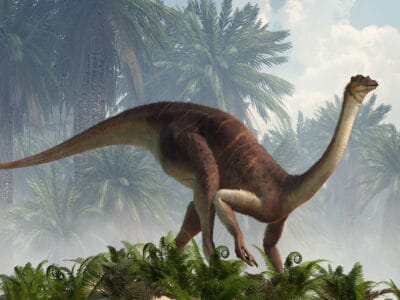
Theropod
Some theropods had feathers and may have been ancestors of modern birds.
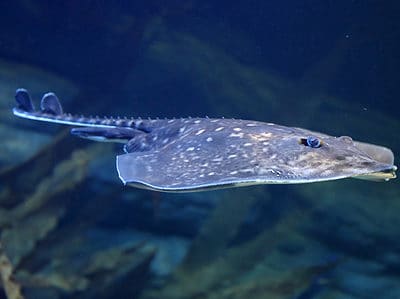
Thornback Ray
The skate with the biggest spines!

Thrush
The American robin is called the robin because its red breast reminded European settlers of the robin back in the old country.

Tick
They inject hosts with a chemical that stops them from feeling the pain of the bite

Tiger Beetle
The adult tiger beetle is one of the fastest land insects in the world

Tortoise
Can live until they are more than 150 years old!

Tree Frog
Found in warmer jungles and forests!

Turtles
Some species of aquatic turtles can get up to 70 percent of their oxygen through their butt.

Vinegaroon
Vinegaroons can spray 19 times before the glands are depleted

Viper
Vipers are one of the most widespread groups of snakes and inhabit most

Vulture
There are 30 different species worldwide!

Wasp
There are around 75,000 recognised species!

Water Buffalo
Has been domesticated for thousands of years!

White Ferret / Albino Ferrets
There are two different types of white ferrets!

Wolf
Thought to date back more than 300,000 years!

Wolf Spider
Carnivorous arachnid that hunts its prey.

Woodlouse
This animal can roll up into a ball

Woodlouse Spider
Unlike most spiders, woodlouse spiders don’t build a web.

Woodpecker
There are 200 different species!

Worm
Doesn’t have eyes.

Wryneck
They feign death by making their bodies limp and closing their eyes.
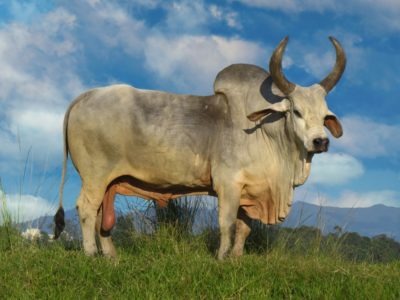
Zebu
There are around 75 different species!
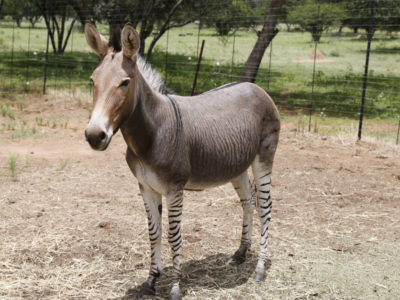
Zonkey
The offspring of Zebra and Donkey parents!
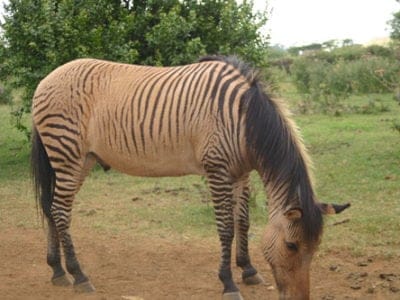
Zorse
The offspring of a Zebra and Horse parents!
Egyptian Animals List
- Abyssinian
- Admiral Butterfly
- American Cockroach
- Ant
- Antelope
- Aoudad Sheep
- Armyworm
- Arsinoitherium
- Banana Spider
- Barb
- Barn Owl
- Barn Swallow
- Basilosaurus
- Bat
- Bed Bugs
- Bee
- Beetle
- Beewolf wasp
- Bichir
- Bird
- Biscuit Beetle
- Black Widow Spider
- Brahminy Blindsnake
- Brazilian Treehopper
- Brown-banded Cockroach
- Brown Dog Tick
- Bumblebee
- Butterfly
- Caecilian
- Camel
- Caracal
- Carpenter Ant
- Carpet Viper
- Cat
- Caterpillar
- Catfish
- Centipede
- Chameleon
- Cheetah
- Chicken
- Cichlid
- Cockroach
- Codling Moth
- Common Buzzard
- Common Furniture Beetle
- Common House Spider
- Cormorant
- Cow
- Crab
- Crab Spider
- Crane
- Cricket
- Crocodile
- Crocodylomorph
- Crow
- Cuckoo
- Desert Locust
- Desert Wolf
- Devil’s Coach Horse Beetle
- Dog
- Dog Tick
- Donkey
- Dormouse
- Dragonfly
- Duck
- Dung Beetle
- Earthworm
- Earwig
- Eel
- Egyptian Cobra (Egyptian Asp)
- Egyptian Goose
- Egyptian Mau
- Egyptian Tortoise
- Egyptian Vulture
- Electric Catfish
- Elephant
- Elephant Shrew
- European Goldfinch
- European Polecat
- European Robin
- Falcon
- False Cobra
- False Widow Spider
- Fennec Fox
- Firefly
- Flamingo
- Flea
- Fly
- Fox
- Frog
- Fruit Bat
- Fruit Fly
- Gadwall
- Gazelle
- Gecko
- Gerbil
- German Cockroach
- Giant Trevally
- Glass Lizard
- Glowworm
- Gnat
- Goat
- Golden Eagle
- Golden Oriole
- Grasshopper
- Green Bee-Eater
- Gypsy Moth
- Hamster
- Hare
- Hawk Moth Caterpillar
- Hedgehog
- Heron
- Honey Bee
- Hoopoe
- Horned Viper
- Horse
- Horsefly
- Housefly
- Human
- Huntsman Spider
- Hyena
- Ibex
- Ibis
- Insects
- Jacana
- Jerboa
- Jumping Spider
- Kenyan Sand Boa
- Kingfisher
- Ladybug
- Leech
- Liger
- Linnet
- Lizard
- Locust
- Maggot
- Magpie
- Mayfly
- Mealybug
- Millipede
- Mole
- Mole Cricket
- Mongoose
- Mongrel
- Monitor Lizard
- Monkey
- Moorhen
- Mosquito
- Moth
- Mouse
- Mule
- Nematode
- Nightingale
- Nile Crocodile
- Nile Monitor
- Nile Perch
- No See Ums
- Northern Pintail
- Orb Weaver
- Ortolan Bunting
- Osprey
- Otter
- Owl
- Parakeet
- Parrot
- Peregrine Falcon
- Pharaoh Hound
- Pheasant
- Pigeon
- Pompano Fish
- Praying Mantis
- Puss Moth
- Quail
- Rabbit
- Rat
- Red Kite
- Red Spitting Cobra
- Redstart
- Rhinoceros
- River Turtle
- Robin
- Rock Hyrax
- Rodents
- Rooster
- Sable Ferret
- Sand Cat
- Sand Crab
- Sand Viper
- Saturniidae Moth
- Scimitar-horned Oryx
- Scorpion
- Sea Eagle
- Seahorse
- Sheep
- Short-Eared Owl
- Shrew
- Shrimp
- Skink Lizard
- Slug
- Smokybrown Cockroach
- Snail
- Snake
- Song Thrush
- Sparrow
- Spider Wasp
- Spinosaurus
- Spitting Cobra
- Squirrel
- Stick Insect
- Stork
- Striped Hyena
- Swallowtail Butterfly
- Swan
- Tarantula Hawk
- Termite
- Theropod
- Thornback Ray
- Thrush
- Tick
- Tiger Beetle
- Tortoise
- Tree Frog
- Turtles
- Vinegaroon
- Viper
- Vulture
- Wasp
- Water Buffalo
- White Ferret / Albino Ferrets
- Wolf
- Wolf Spider
- Woodlouse
- Woodlouse Spider
- Woodpecker
- Worm
- Wryneck
- Zebu
- Zonkey
- Zorse
Egypt FAQs (Frequently Asked Questions)
What rivers are in Egypt.
The 3 major rivers in Egypt are the Nile and its two major distributaries, the Damietta River and the Rosetta River.



